
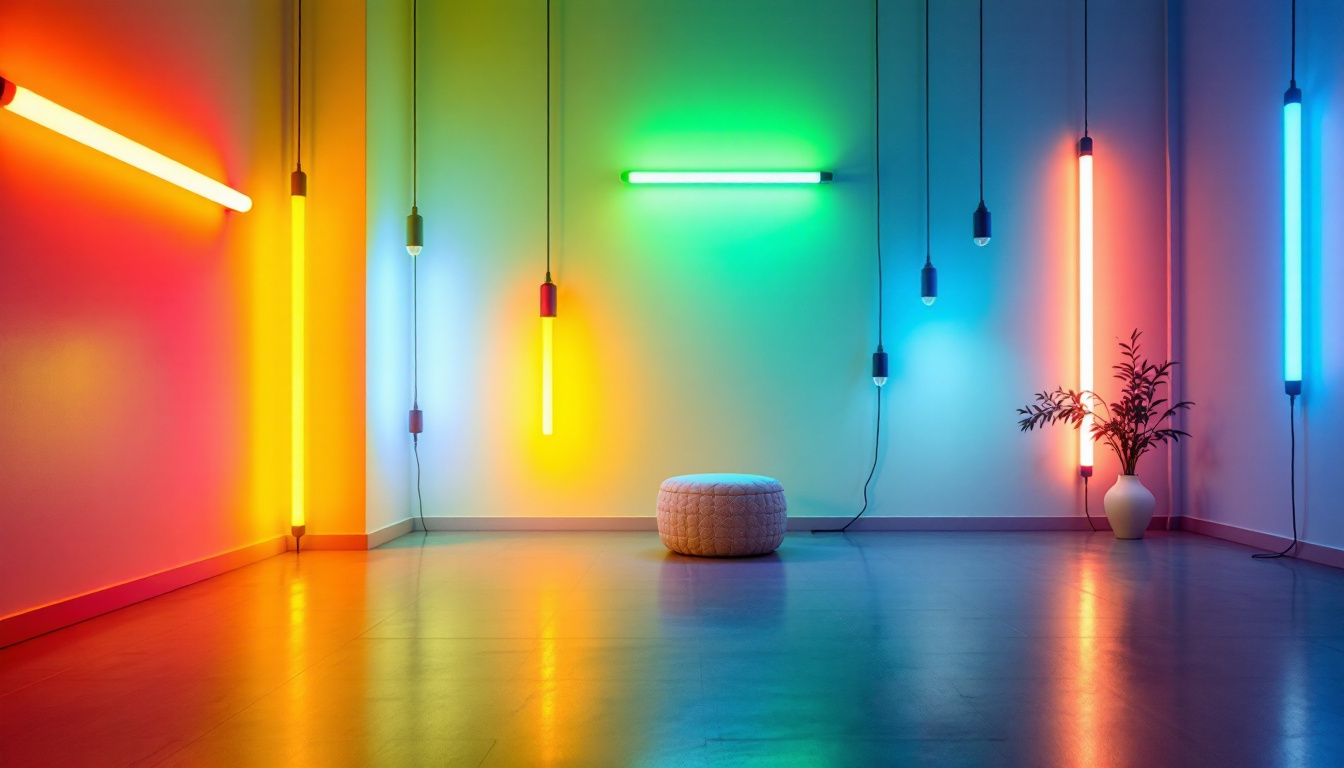
Fluorescent bulbs have long been a staple in the world of lighting design, offering a unique blend of efficiency, versatility, and brightness. For lighting contractors, understanding the benefits and applications of fluorescent lighting can elevate projects and enhance client satisfaction. This article delves into the various aspects of fluorescent bulbs, exploring their advantages, applications, and the future of lighting design.
Fluorescent bulbs operate on a principle that differs significantly from traditional incandescent bulbs. They utilize a gas-filled tube and a phosphor coating that emits light when an electric current passes through the gas. This process is not only energy-efficient but also provides a more uniform light distribution, making it a preferred choice for various settings. The technology behind fluorescent lighting has evolved over the years, leading to improvements in color rendering and efficiency, which has made them increasingly popular in both residential and commercial applications.
There are several types of fluorescent bulbs available, each designed for specific applications. The most common types include linear fluorescent tubes, compact fluorescent lamps (CFLs), and high-intensity discharge (HID) lamps. Each type has its own unique characteristics, making it essential for lighting contractors to choose the right bulb for the intended application. Additionally, advancements in technology have led to the development of specialized fluorescent bulbs, such as those designed for use in grow lights for horticulture, which emit specific wavelengths of light beneficial for plant growth.
Linear fluorescent tubes are often found in commercial and industrial settings, providing broad illumination across large areas. In contrast, CFLs are more compact and versatile, suitable for residential and smaller commercial spaces. HID lamps, while less common, are used in specialized applications such as street lighting and sports facilities due to their high lumen output. Furthermore, there are also T5 and T8 fluorescent tubes, which differ in diameter and efficiency, allowing for even more tailored lighting solutions depending on the specific needs of the environment.
One of the most significant advantages of fluorescent bulbs is their energy efficiency. Compared to incandescent bulbs, fluorescent lights consume significantly less energy, translating to lower electricity bills for clients. This energy efficiency is particularly beneficial in large-scale installations where multiple fixtures are in use. Additionally, many fluorescent bulbs are now available in energy-saving designs that meet stringent energy efficiency standards, making them an environmentally friendly choice that aligns with sustainability goals.
Moreover, the longer lifespan of fluorescent bulbs—often lasting up to ten times longer than incandescent options—means reduced replacement costs and less frequent maintenance. For lighting contractors, this can be a selling point when discussing long-term savings with clients. The reduced need for replacements not only saves money but also minimizes waste, contributing to a more sustainable approach to lighting. As energy costs continue to rise, the financial advantages of switching to fluorescent lighting become even more compelling, making it an attractive option for both new installations and retrofitting older systems.
The versatility of fluorescent lighting makes it suitable for a wide range of applications. From commercial spaces to residential homes, the adaptability of fluorescent bulbs can meet various lighting needs effectively.
In commercial settings, fluorescent lighting is often used in offices, retail spaces, and warehouses. The ability to provide bright, even illumination helps create a productive environment, enhancing visibility and reducing eye strain. Additionally, the low heat output of fluorescent bulbs helps maintain a comfortable temperature in large spaces.
In industrial applications, fluorescent lighting is invaluable for ensuring safety and efficiency. Factories and manufacturing plants benefit from the bright light that illuminates work areas, reducing the likelihood of accidents and improving overall productivity. Furthermore, the durability of fluorescent fixtures makes them ideal for harsh environments where traditional lighting might fail. Their resistance to vibrations and temperature fluctuations ensures that operations can continue smoothly without interruptions caused by lighting failures.
Fluorescent bulbs have also found their place in residential lighting designs. Homeowners appreciate the energy savings and longer lifespan, making them a practical choice for various rooms. Whether used in kitchens, bathrooms, or living areas, fluorescent lights can provide ample illumination while minimizing energy consumption.
Moreover, advancements in design have led to the creation of aesthetically pleasing fluorescent fixtures that can complement modern home decor. This evolution allows homeowners to enjoy the benefits of fluorescent lighting without compromising on style. For instance, sleek, slimline designs can fit seamlessly into contemporary settings, while decorative options can add a touch of elegance to more traditional interiors. Additionally, the introduction of dimmable fluorescent options allows for greater control over ambiance, enabling homeowners to adjust lighting according to the time of day or specific activities, such as entertaining guests or enjoying a quiet evening at home.
When incorporating fluorescent lighting into a design, several factors must be considered to ensure optimal performance and aesthetics. Understanding these elements can help lighting contractors create effective and appealing lighting solutions.
Fluorescent bulbs are available in various color temperatures, ranging from warm white to cool daylight. The choice of color temperature can significantly impact the ambiance of a space. For instance, warmer tones create a cozy atmosphere, making them ideal for residential settings, while cooler tones are often preferred in commercial environments for their energizing effect.
Additionally, color rendering index (CRI) is an essential factor to consider. A higher CRI indicates that colors will appear more vibrant and true to life under fluorescent lighting. For applications where color accuracy is crucial, such as in art studios or retail spaces, selecting bulbs with a high CRI is vital. In environments like hospitals or clinics, where accurate color perception is necessary for patient care, the choice of fluorescent lighting can directly affect both functionality and comfort.
The design and placement of fluorescent fixtures can greatly influence the effectiveness of the lighting. Fixtures should be strategically positioned to minimize shadows and ensure even light distribution. Moreover, the choice of fixture design can enhance the overall aesthetic of the space.
In commercial settings, recessed fluorescent fixtures are popular for their sleek appearance and ability to blend seamlessly with ceilings. In contrast, decorative fluorescent fixtures can add a unique touch to residential spaces, allowing homeowners to express their personal style while benefiting from energy-efficient lighting. Furthermore, the integration of dimmable fluorescent fixtures can provide versatility, enabling users to adjust the brightness according to the time of day or specific activities, which is particularly beneficial in multi-functional spaces like conference rooms or living areas.
Another consideration is the use of fluorescent lighting in conjunction with natural light. Designing spaces that maximize daylight while supplementing with fluorescent fixtures can create a balanced and inviting environment. For instance, placing fixtures near windows or using daylight-harvesting technology can enhance the overall lighting quality, reduce energy consumption, and promote well-being by mimicking the natural light spectrum. This approach not only enhances the aesthetic appeal but also contributes to sustainable design practices, making it a win-win for both the environment and the occupants of the space.
As technology continues to evolve, the future of fluorescent lighting is becoming increasingly intertwined with advancements in LED technology. While fluorescent bulbs have long been a go-to choice for energy-efficient lighting, the rise of LEDs presents both challenges and opportunities for lighting contractors.
LEDs offer numerous advantages over traditional fluorescent bulbs, including even greater energy efficiency, longer lifespans, and a broader range of color options. As more clients express interest in sustainable lighting solutions, contractors may find themselves transitioning away from fluorescent options in favor of LED alternatives.
However, it is essential to recognize that fluorescent lighting still holds a valuable place in many applications. For contractors, understanding the strengths and weaknesses of both technologies will be crucial in providing clients with informed recommendations. For instance, fluorescent lights are often preferred in environments where the initial cost is a significant factor, as they are generally less expensive to purchase than their LED counterparts. Additionally, in certain industrial settings, the specific light quality and temperature produced by fluorescent bulbs can be more suitable for tasks that require precise visibility.
Despite the rise of LEDs, innovations in fluorescent technology continue to emerge. Manufacturers are developing new fluorescent bulbs that offer improved energy efficiency, enhanced color rendering, and even smart technology integration. These advancements can help maintain the relevance of fluorescent lighting in an increasingly competitive market.
By staying informed about the latest developments in fluorescent technology, lighting contractors can better serve their clients and ensure that they are offering the best possible solutions for their lighting needs. Furthermore, some manufacturers are exploring hybrid options that combine the benefits of both fluorescent and LED technologies, creating products that can adapt to various lighting conditions and preferences. This innovation not only enhances the versatility of fluorescent lighting but also opens up new avenues for energy savings and user customization, making it a compelling choice for a wider range of applications, from commercial spaces to residential settings.
Fluorescent bulbs remain a vital component of modern lighting design, offering numerous benefits in terms of energy efficiency, versatility, and cost savings. For lighting contractors, understanding the intricacies of fluorescent lighting can enhance project outcomes and client satisfaction.
As the lighting industry continues to evolve, staying abreast of both fluorescent and LED technologies will be essential. By leveraging the advantages of fluorescent bulbs while embracing new innovations, contractors can create dynamic and effective lighting designs that meet the diverse needs of their clients.
In a world where energy efficiency and sustainability are becoming increasingly important, fluorescent bulbs may just hold the key to better lighting designs that are both functional and aesthetically pleasing.
Ready to harness the power of fluorescent bulbs for your next lighting project? At LumenWholesale, we provide lighting contractors with the highest quality, spec-grade fluorescent lighting options at unbeatable wholesale prices. Say goodbye to local distributor markups and hello to a vast selection of reliable, high-performance lighting that meets the strictest industry standards. Plus, with free shipping on bulk orders, you can stock up on premium lighting solutions without worrying about hidden fees or compromises. Elevate your lighting designs with the perfect combination of efficiency, affordability, and convenience. Discover wholesale lighting at the best value today and light up your projects with confidence.
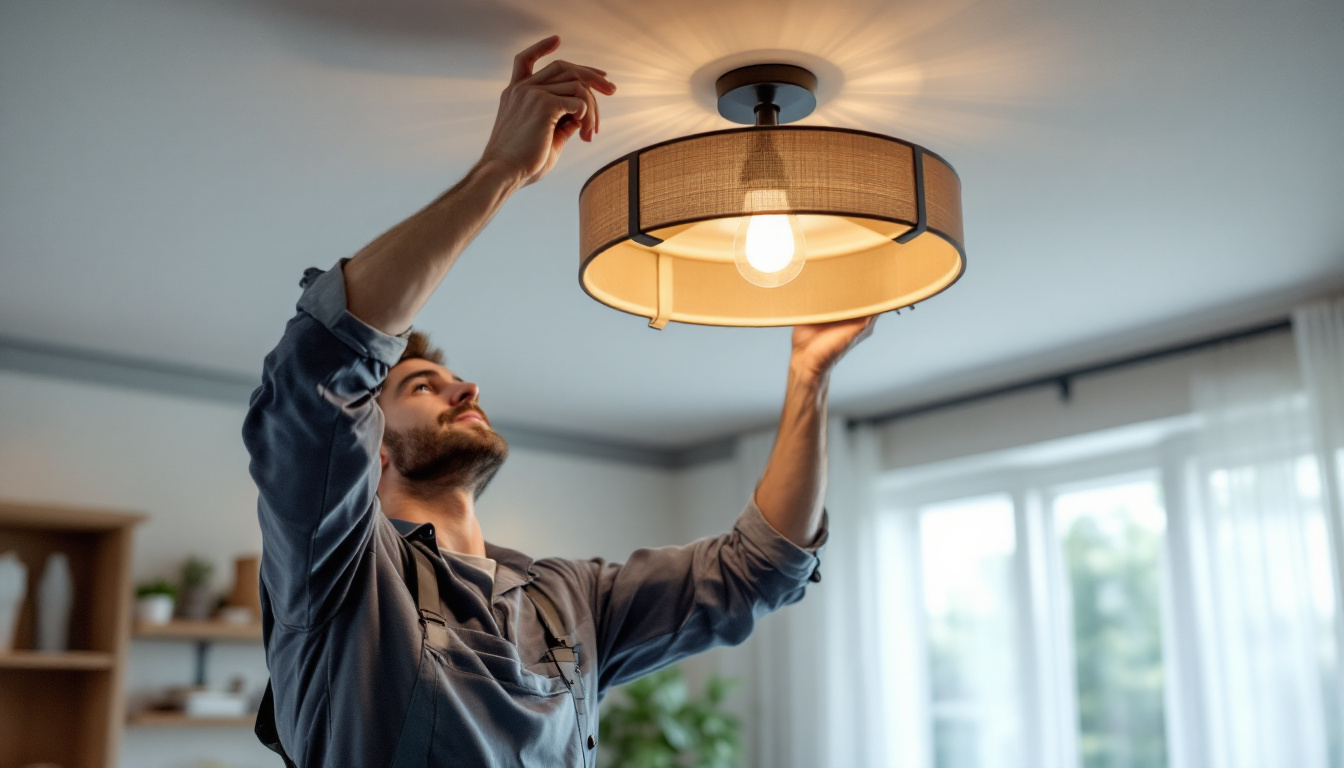
Discover the essential role of ceiling light cans in modern lighting design and why they’re a must-have for every contractor.
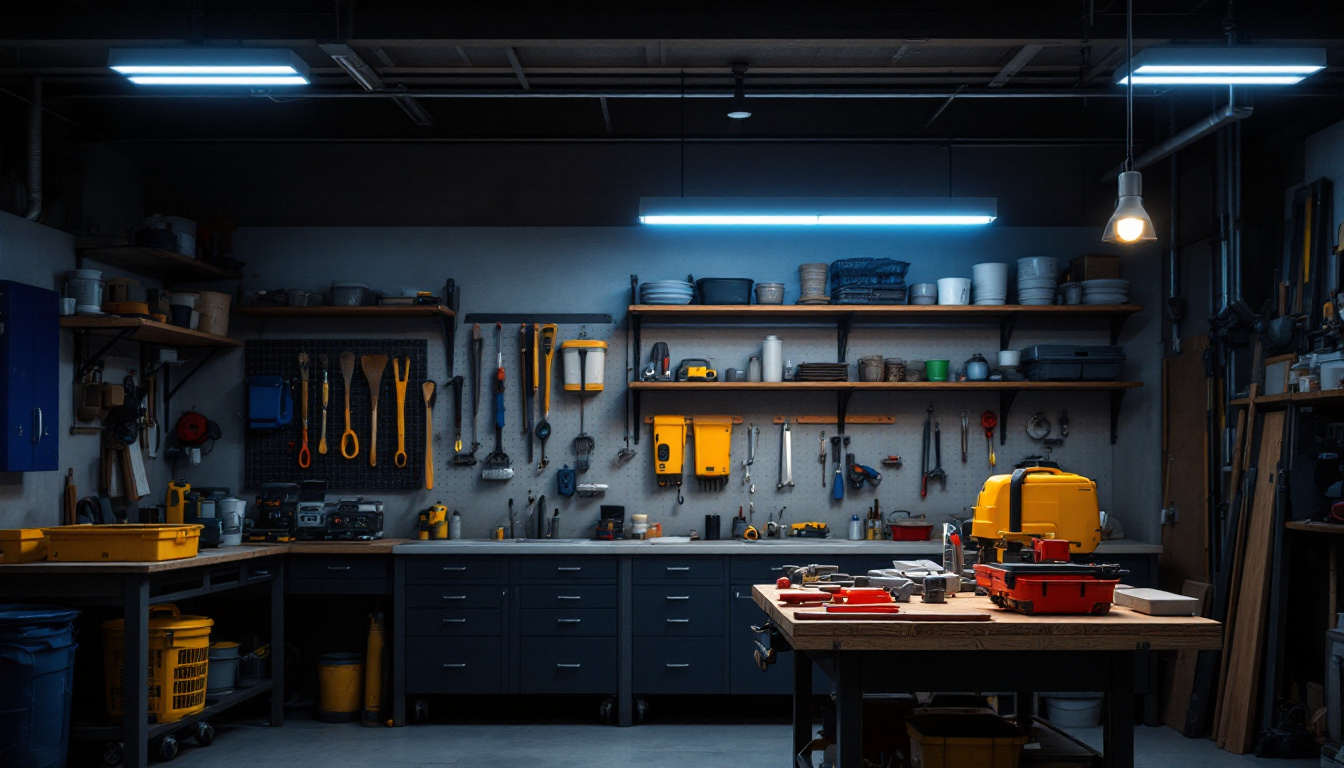
Discover why LED shop lights are revolutionizing the lighting industry and what every contractor should know to stay ahead.
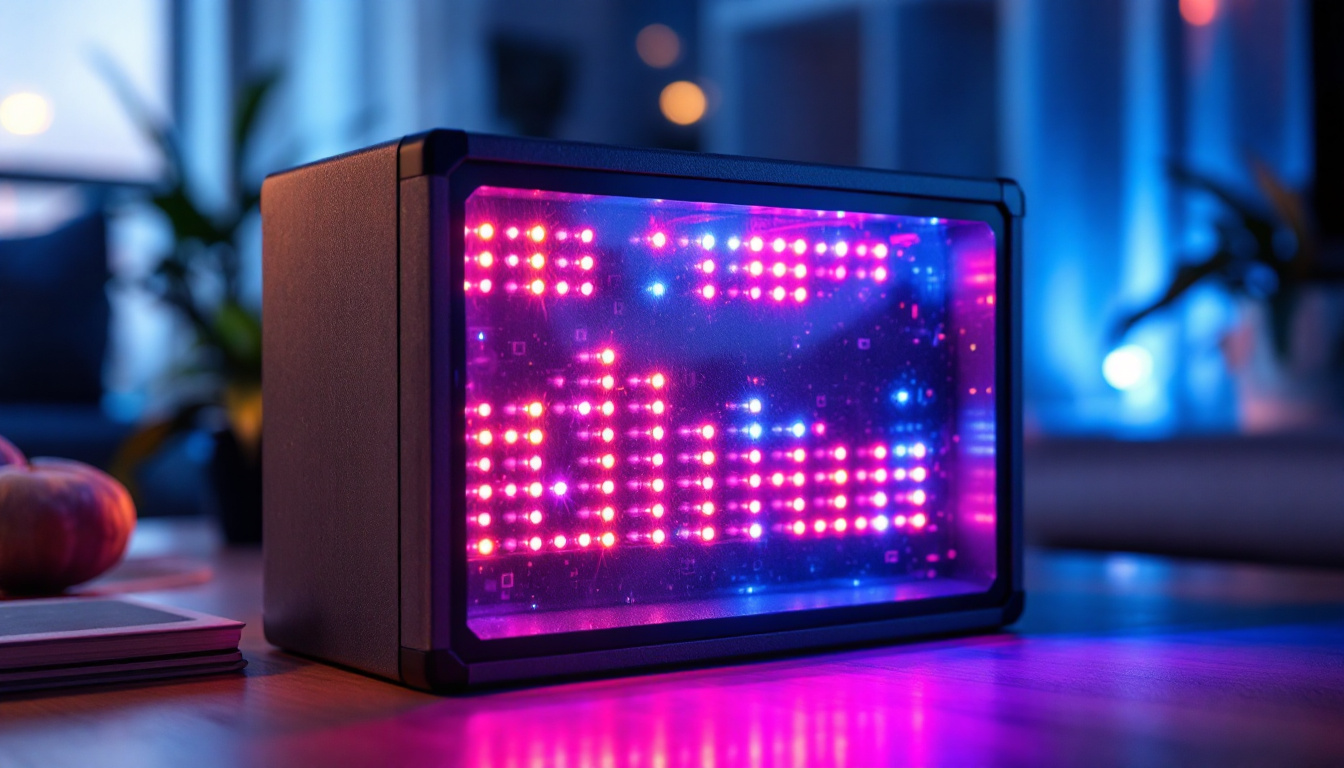
Discover the latest trends in LED lighting that every contractor needs to know.
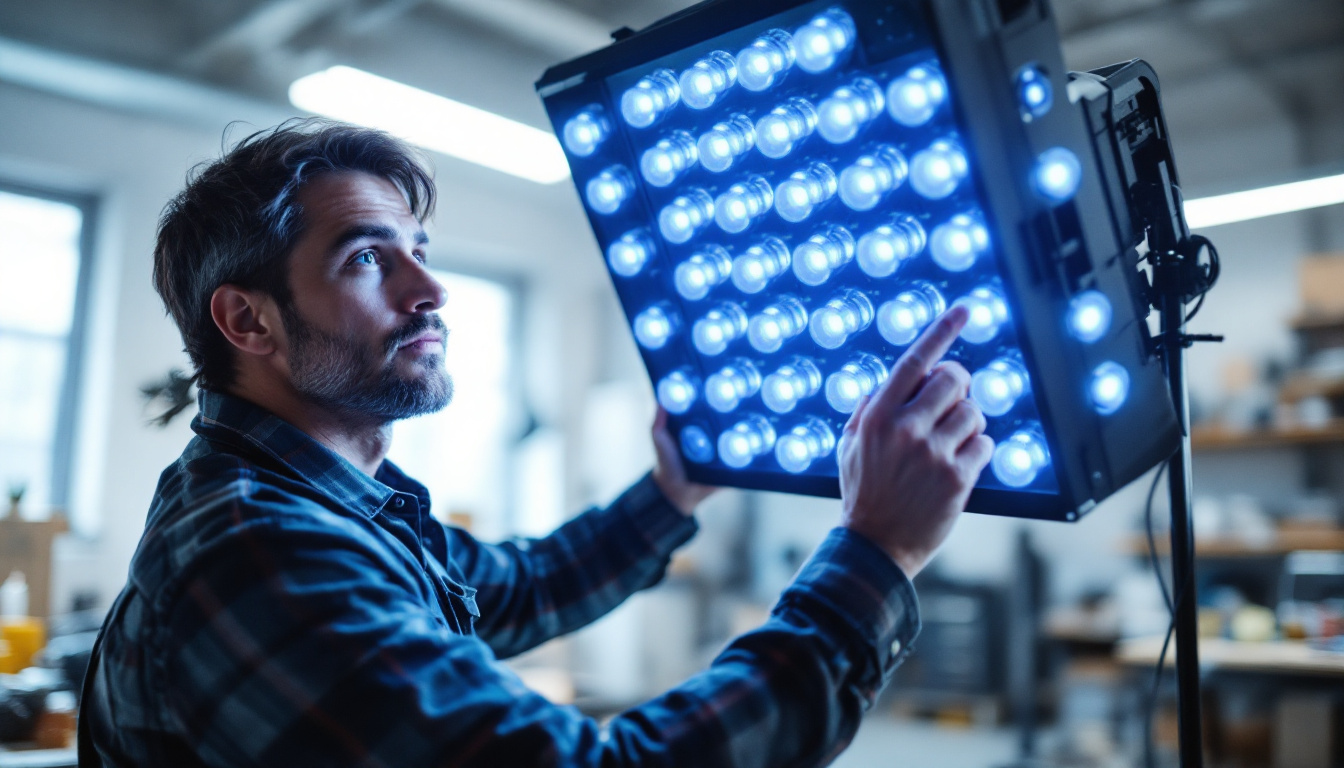
Discover why lighting contractors should prioritize the innovative A 19 bulb in their projects.
Get notified when NEW deals are released.
Optimize your budget with wholesale discounts.
Only top-quality, specification-grade lighting products.
No additional costs at checkout - what you see is what you pay.
We understand the unique needs of contractors.